Jay Siya Ram - Hindu Pilgrimage Sites to Visit
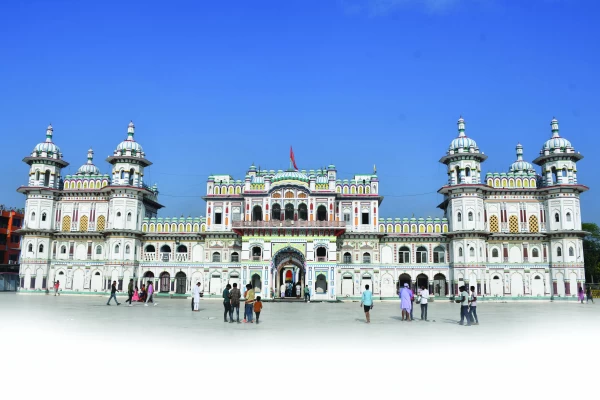
After the consecration (prana pratistha) of ‘Ram Mandir,’ which is still under construction, the number of pilgrims is increasing day by day in Ayodhya, India. If those pilgrims can also be brought to Sita’s birthplace, Janakpurdham, Nepal can take a leap in religious tourism. Therefore, Nepal and India should initially collaborate to ensure easy access.
.jpg) Since time immemorial, Nepal and India have shared profound bonds of religious, cultural, and social integrities. This deep connection is often encapsulated by the phrase "Roti ra Beti," a metaphorical expression symbolizing the close bond or interdependence between two nations. In this rich tapestry of shared heritage, the birthplace of the revered Hindu deity, Lord Ram, resides in India. At the same time, the sacred abode of his consort, Goddess Sita, lies in Janakpur, Nepal. While the Ram Temple took shape in Ayodhya just recently, Nepal's Janaki Temple stands as a timeless symbol of devotion from many earlier periods. In the heartfelt expressions of Hindu followers, prayers are offered to Lord Ram and Goddess Sita, with the simple yet profound chant of "Sita Ram," that echoes through their hearts reflecting deep reverence for the divine pair. Having unwavering faith in the divine is a profound aspect of life. This tradition has not only fostered spiritual growth but also paved the way for the flourishing of cultural tourism. With a vast number of Hindu followers residing in both India and Nepal, both countries must be able to capitalize on the opportunities presented by cultural tourism to the fullest extent
Since time immemorial, Nepal and India have shared profound bonds of religious, cultural, and social integrities. This deep connection is often encapsulated by the phrase "Roti ra Beti," a metaphorical expression symbolizing the close bond or interdependence between two nations. In this rich tapestry of shared heritage, the birthplace of the revered Hindu deity, Lord Ram, resides in India. At the same time, the sacred abode of his consort, Goddess Sita, lies in Janakpur, Nepal. While the Ram Temple took shape in Ayodhya just recently, Nepal's Janaki Temple stands as a timeless symbol of devotion from many earlier periods. In the heartfelt expressions of Hindu followers, prayers are offered to Lord Ram and Goddess Sita, with the simple yet profound chant of "Sita Ram," that echoes through their hearts reflecting deep reverence for the divine pair. Having unwavering faith in the divine is a profound aspect of life. This tradition has not only fostered spiritual growth but also paved the way for the flourishing of cultural tourism. With a vast number of Hindu followers residing in both India and Nepal, both countries must be able to capitalize on the opportunities presented by cultural tourism to the fullest extent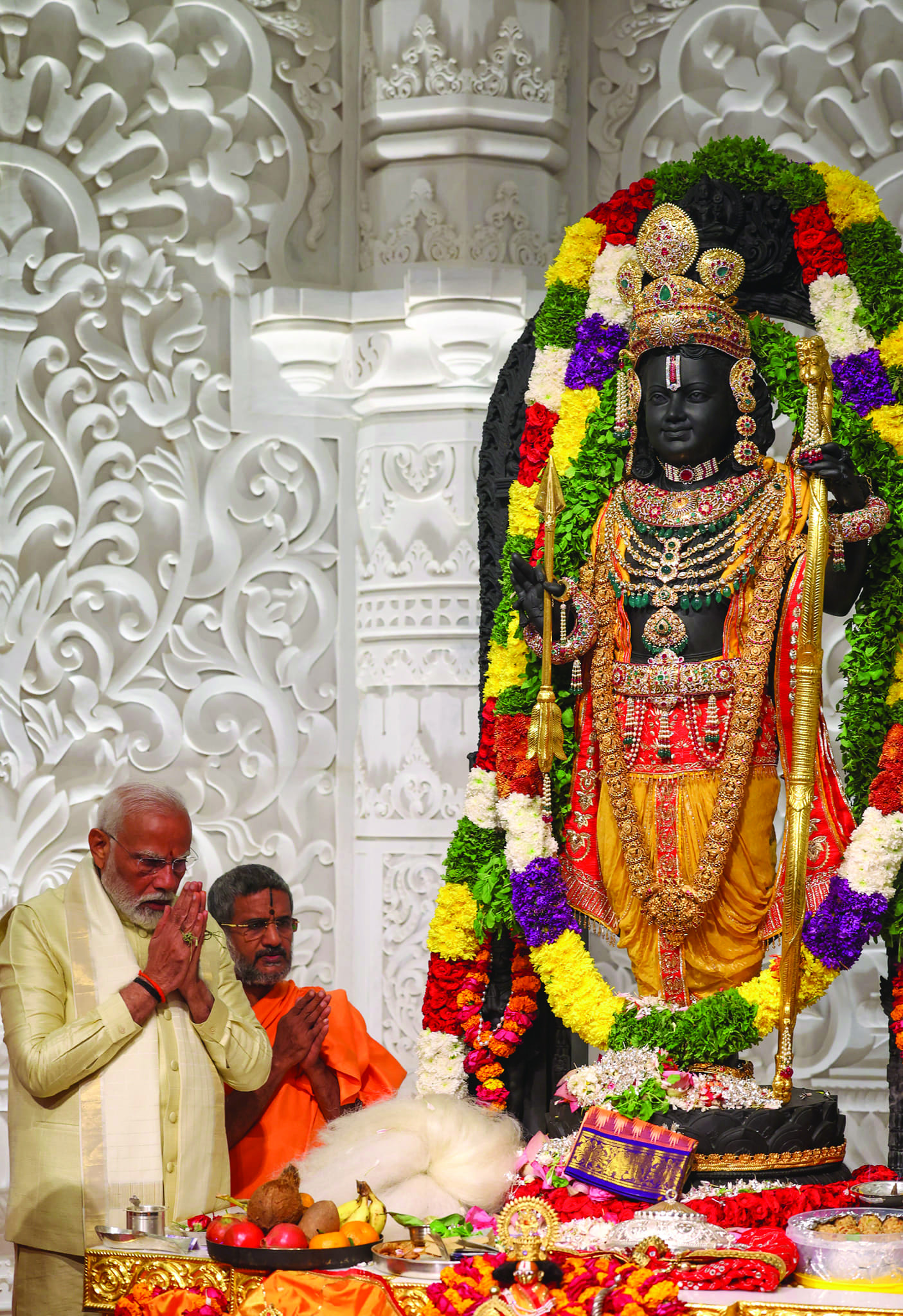 possible.
possible.
India boasts a significantly larger population of Hindu pilgrims, while Nepal is blessed with a wealth of Hindu pilgrimage sites like Janakpur Dham, Pashupatinath, and Muktinath. Nepal should proactively create a welcoming environment to invite these pilgrims to its sacred sites. Such a strategic approach to cultural tourism shall stimulate economic growth and job opportunities by enhancing the flow of funds into the country. The Ram Temple, resplendent in its grandeur was consecrated by the Prime Minister of India on 22nd January 2024 and built under the committee of "Shri Ram Janmabhoomi Teerth Kshetra Trust." With the statue of Lord Ram now adorning its central sanctum, the construction of various religious structures within the temple complex, including the temple itself, is projected to conclude within the next five years. Each day, the Ram Mandir draws an extraordinary number of pilgrims. If these pilgrims could be encouraged to explore Janakpur, the birthplace of Sita, Nepal's cultural tourism could also soar to its highest peak. To achieve this, it is vital that both nations establish a conducive environment where pilgrims from both countries can easily access the hindu pilgrimage sites without any inconvenience. In the past, a connecting bus route was established as part of the "Nepal-India Friendship Bus Service", facilitating travel between the two pilgrimage sites. This initiative covered the Ramayan Circuit, traversing the sacred footsteps of Lord Ram and Goddess Sita. Starting from Sitamadi, the route concluded in Ayodhya, completing the revered pilgrimage circuit. The bus route spans 544 kilometers, with an estimated travel duration of about 12 hours.
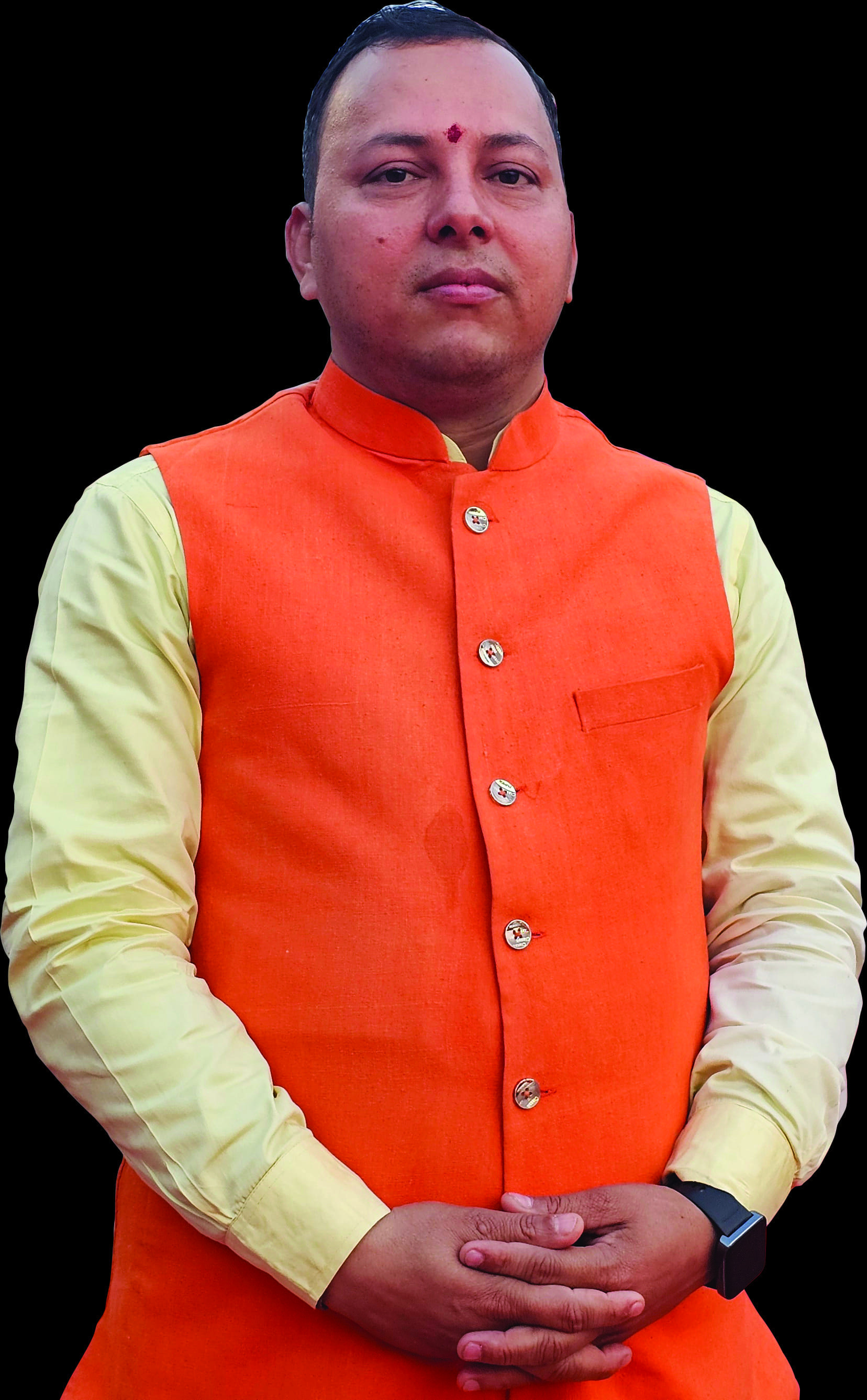 Since the Ramayan era, the bond between India and Nepal has been profound and enduring. Rooted in faith and admiration, this deeply intertwined connection between the two nations holds immense potential for both countries if pilgrims could visit each other's sacred sites, fostering cultural tourism. Therefore, it is imperative for both countries to take mutual steps forward in this regard. Durga Prasad Gautam - Head Acharya, Ram Mandir, Ayodhya
Since the Ramayan era, the bond between India and Nepal has been profound and enduring. Rooted in faith and admiration, this deeply intertwined connection between the two nations holds immense potential for both countries if pilgrims could visit each other's sacred sites, fostering cultural tourism. Therefore, it is imperative for both countries to take mutual steps forward in this regard. Durga Prasad Gautam - Head Acharya, Ram Mandir, Ayodhya
The collaborative inauguration of the bus service was conducted by the then Prime Minister of Nepal, K.P. Sharma Oli, and Prime Minister of India, Narendra Modi. Unfortunately, despite this auspicious beginning, the initiative did not see continuity. Both Janakpur and Ayodhya are equipped with airports. Maharshi Valmiki International Airport in Ayodhya is just a 1 hour and 10-minute flight from Janakpur, making air travel a convenient option for those seeking easy transportation 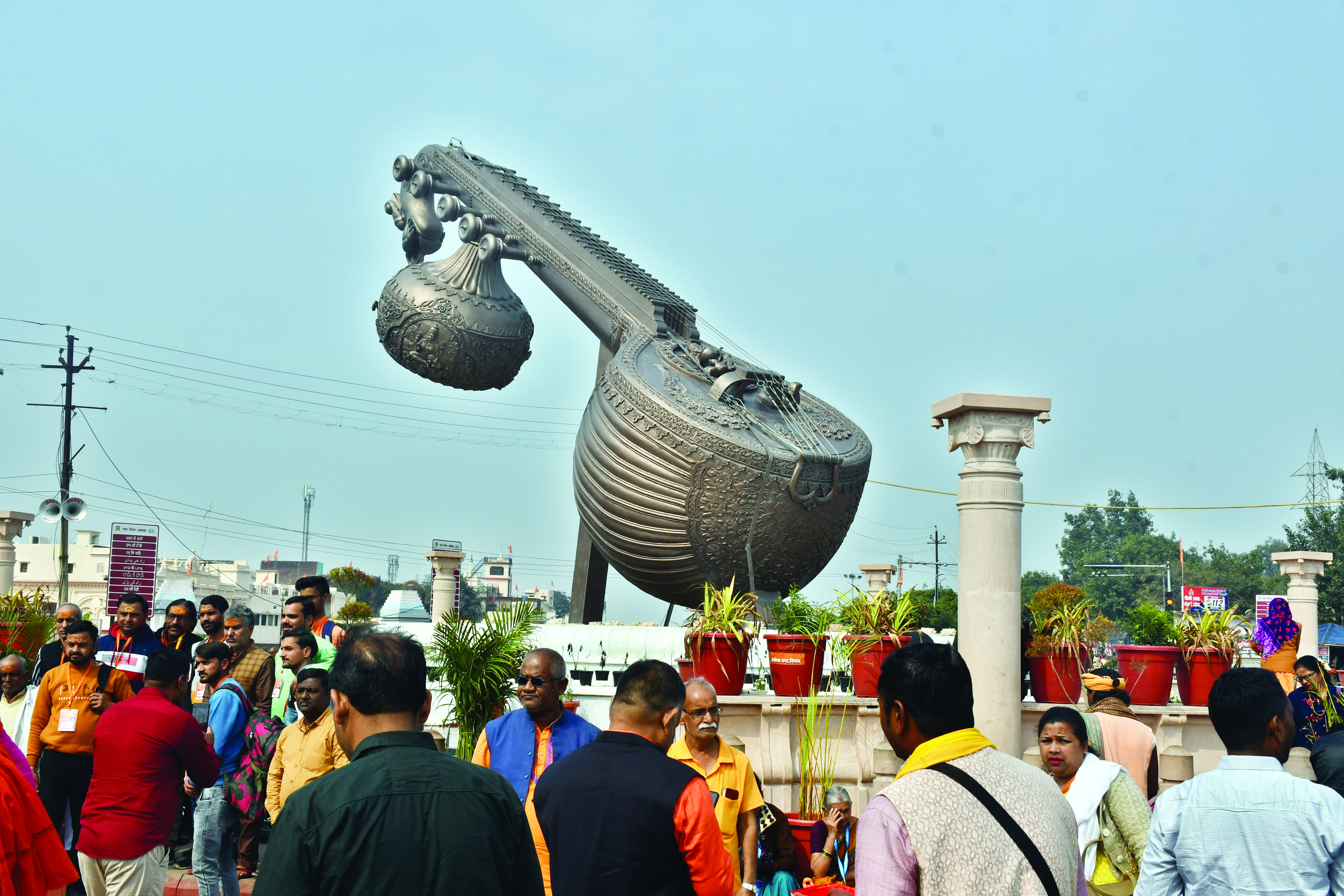 or with busy schedules. Furthermore, Janakpur Domestic Airport offers flights to various destinations within Nepal, including Kathmandu. While Ayodhya's airport currently serves domestic routes only, plans are underway to facilitate international flights in the future. Given Nepal's plans to
or with busy schedules. Furthermore, Janakpur Domestic Airport offers flights to various destinations within Nepal, including Kathmandu. While Ayodhya's airport currently serves domestic routes only, plans are underway to facilitate international flights in the future. Given Nepal's plans to 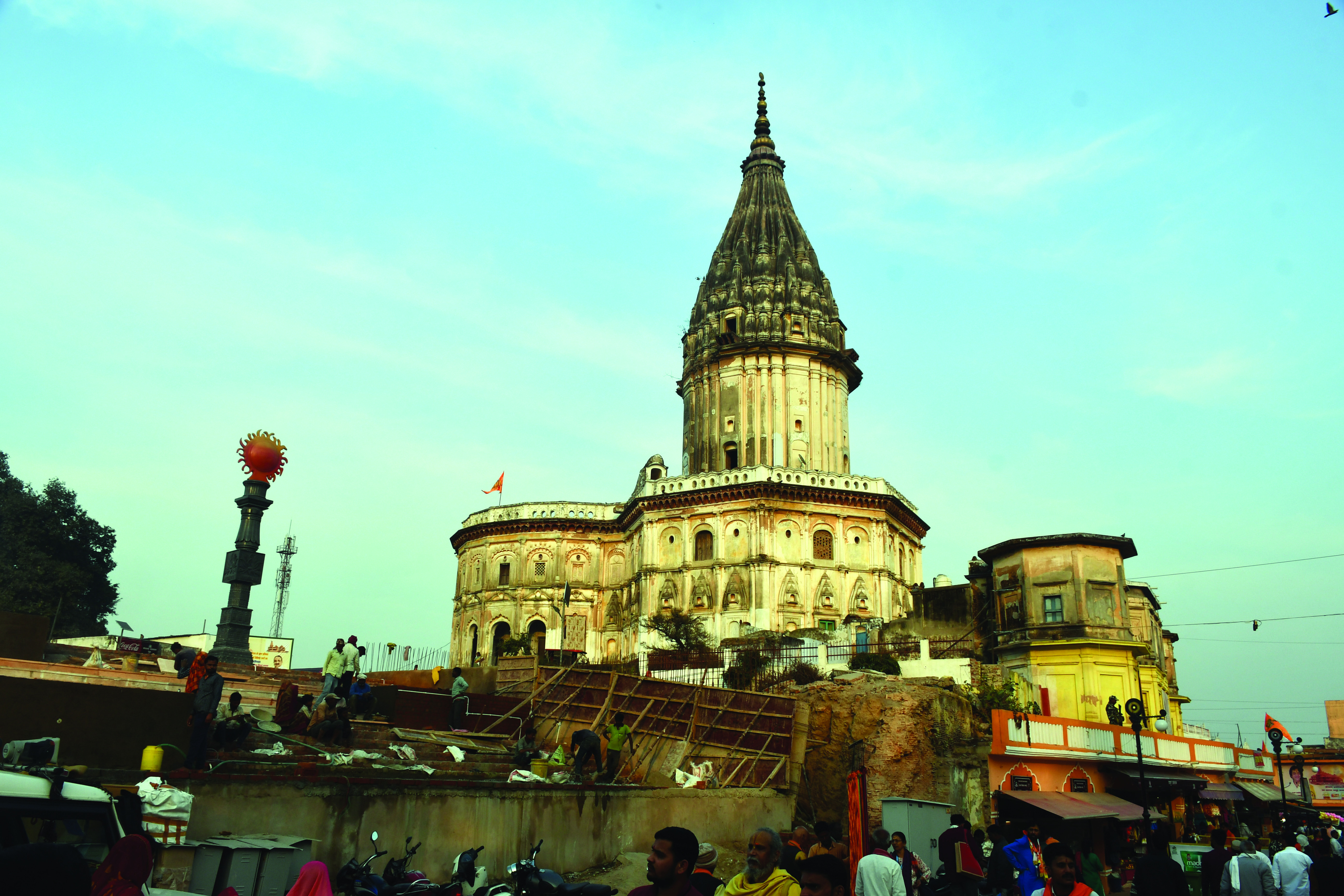 enhance the Janakpur Domestic Airport and request to the Indian Government for a flight route, experts anticipate that potential flights from Janakpur to Ayodhya to become available in the near future. It is suggested that the Nepal government collaborate with India to facilitate smoother air and road travel between Janakpur and Ayodhya. "Effortless travel is preferred by all. India could potentially build an express highway connecting Ayodhya with Janakpur," remarks tourism expert, Gyaneshwar Mahato. "Yet, air connectivity holds equal importance. It's imperative for both governments to collaborate and find common ground in this endeavor."
enhance the Janakpur Domestic Airport and request to the Indian Government for a flight route, experts anticipate that potential flights from Janakpur to Ayodhya to become available in the near future. It is suggested that the Nepal government collaborate with India to facilitate smoother air and road travel between Janakpur and Ayodhya. "Effortless travel is preferred by all. India could potentially build an express highway connecting Ayodhya with Janakpur," remarks tourism expert, Gyaneshwar Mahato. "Yet, air connectivity holds equal importance. It's imperative for both governments to collaborate and find common ground in this endeavor."
Janakpur can be linked to Ayodhya through roadway, railway, and airway connections. To facilitate travel around the Ramayan circuit, encompassing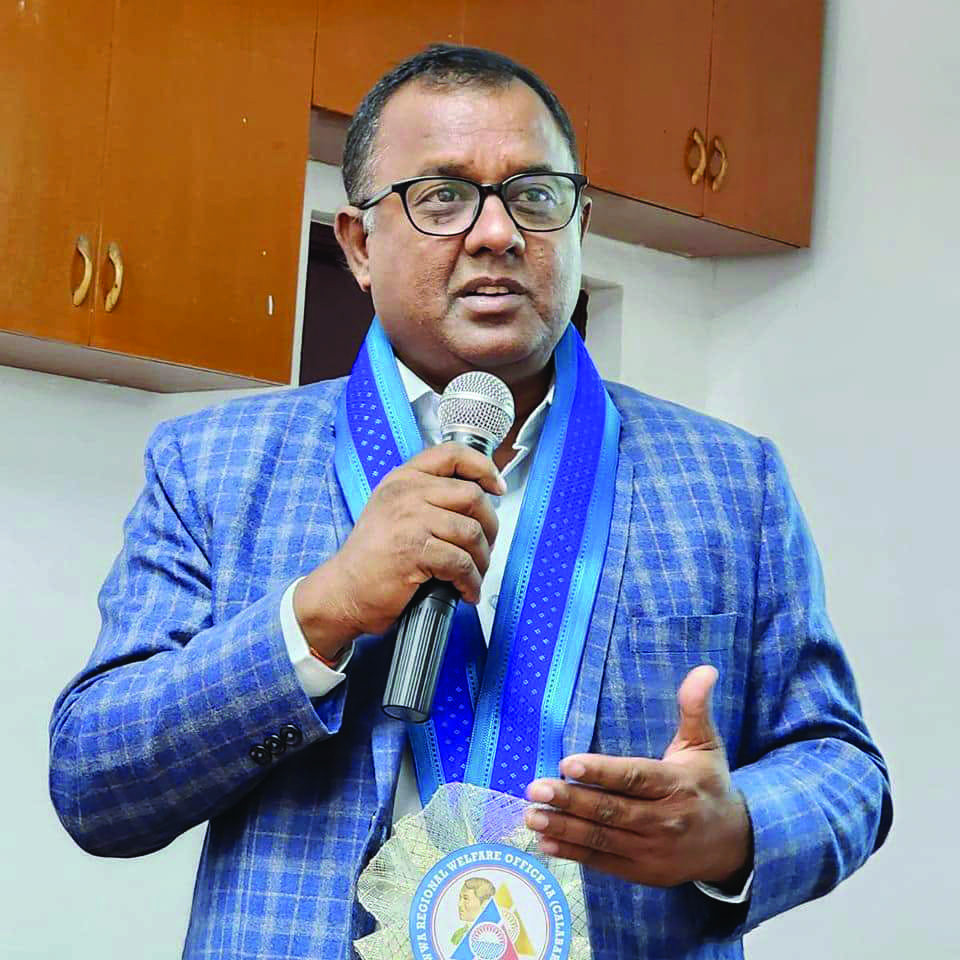 Dhanusha and Mahottari, we are collectively engaging with nine related municipalities. Additionally, we are actively pursuing sister-city relations with the government of Ayodhya. Manoj Kumar Sah - Mayor, Dhanusha Dham Sub-Metropolitan Municipality
Dhanusha and Mahottari, we are collectively engaging with nine related municipalities. Additionally, we are actively pursuing sister-city relations with the government of Ayodhya. Manoj Kumar Sah - Mayor, Dhanusha Dham Sub-Metropolitan Municipality
Furthermore, Nepal should give top priority to the development and enhancement of its infrastructure and resources. It is crucial to safeguard and maintain the cleanliness of the holy rivers, ponds, religious heritage sites, and archives in Janakpur. According to the Ramayan scriptures, the wedding pavilion for Lord Ram and Goddess Sita was built on a 32.5-acre land (Barha Bigha) in Janakpur. Building visual representations of the pavilion and other historical landmarks from that era would be incredibly advantageous. 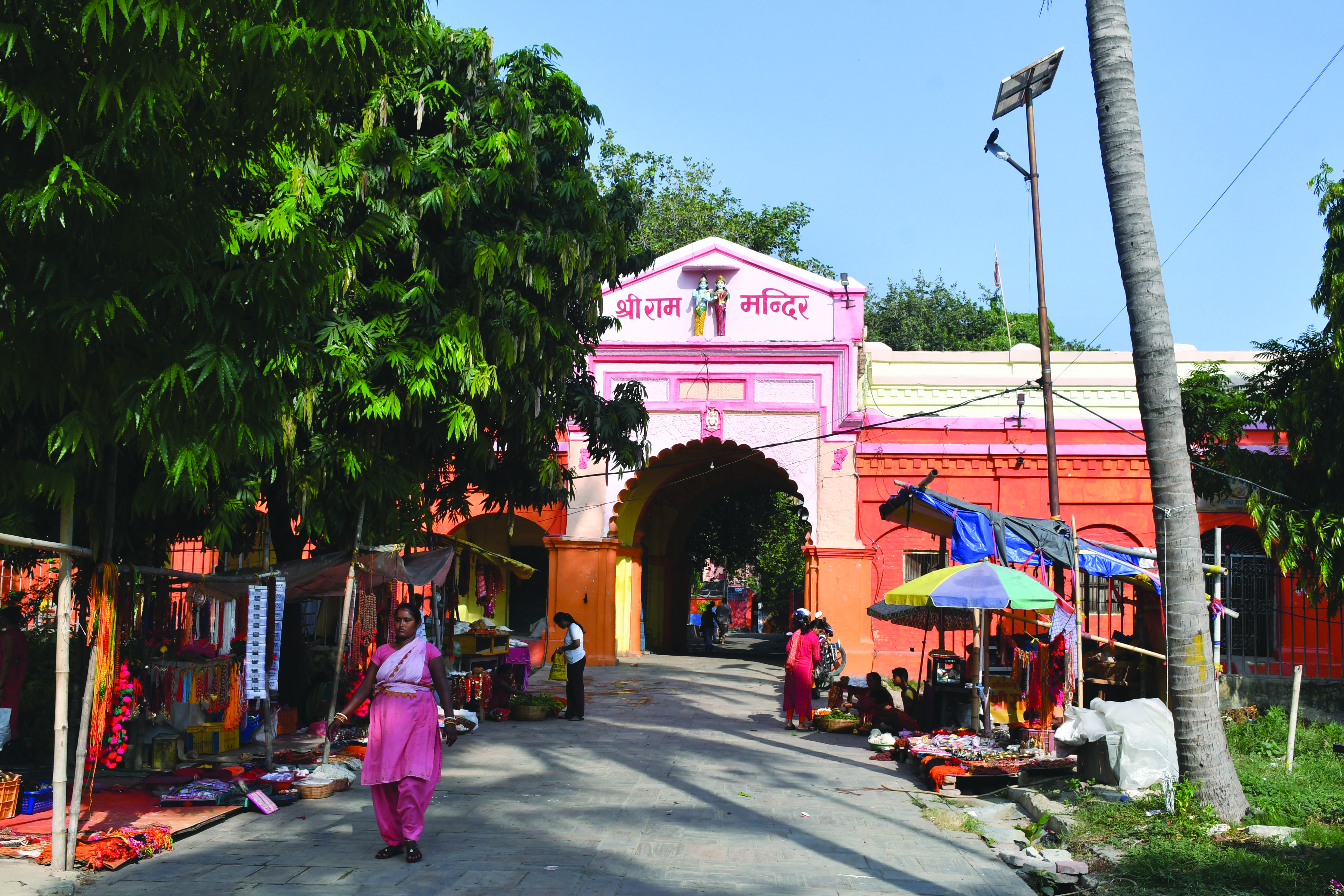 As guardians of Janakpur, here are four highly revered manifestations of Lord Shiva, namely, Mithileshwar in the east, Jaleshwar in the west, Chireshwar in the north, and Kalyaneshwar Mahadev in the south. It is imperative to manage and maintain all these sculptures diligently. Similarly, it's crucial to ensure the upkeep and proper management of the banks of the Kamala River, Ramghat, and Sitaghat, where Lord Ram and Goddess Sita performed post-wedding rituals. Moreover, the temporary residences and seating areas within the Mithila circuit could serve as valuable assets for tourism development. Let's not overlook that the resurgence of Ayodhya is propelled by the allure of "Ram." This presents a prime opportunity to reintroduce Janakpur as the birthplace of "Sita" through strategic campaigns. It's also an opportune moment to enhance connectivity between Janakpur and Ayodhya.
As guardians of Janakpur, here are four highly revered manifestations of Lord Shiva, namely, Mithileshwar in the east, Jaleshwar in the west, Chireshwar in the north, and Kalyaneshwar Mahadev in the south. It is imperative to manage and maintain all these sculptures diligently. Similarly, it's crucial to ensure the upkeep and proper management of the banks of the Kamala River, Ramghat, and Sitaghat, where Lord Ram and Goddess Sita performed post-wedding rituals. Moreover, the temporary residences and seating areas within the Mithila circuit could serve as valuable assets for tourism development. Let's not overlook that the resurgence of Ayodhya is propelled by the allure of "Ram." This presents a prime opportunity to reintroduce Janakpur as the birthplace of "Sita" through strategic campaigns. It's also an opportune moment to enhance connectivity between Janakpur and Ayodhya.
Jay Siya Ram !
Janakpurdham: Popular Hindu Pilgrimage Site in Nepal
The Janaki Temple, located in Janakpur, is a magnificent shrine dedicated to the birthplace of Goddess Sita and King Janak. According to the Hindu scripture Ramayana. Here, the majestic Janaki Temple stands tall. Its appearance resembles that of a Royal Palace in a glimpse. Inside, the temple houses statues of Vashishta, Satyananda, Sunayana, Ram, Lakshman, Bharat, Shatrughan, Sita, Janak, and other revered figures. It is believed that wishes come true if one manifests Goddess Janaki here. In line with this belief, Queen Bhanu Vrisha Kumari of Tikamgarh, India, manifested Janaki, leading to the birth of her son.
She then spearheaded the construction of the present magnificent temple. The foundation of the Janaki Temple was laid in B.S 1952 and was finalized in B.S 1967. It is believed that the temple incurred a cost of nine hundred thousand (9 Lakhs) rupees for its construction. Hence, it is also referred to as the 'Naulakha Temple. Various festivals are celebrated at the Janaki Temple, including Chhath, Vivah Panchami, Ram Navami, and Phagu Purnima. Additionally, Janakpur houses temples dedicated to both Ram and Janak.
Adjacent to the Janaki Temple stands the marriage pavilion, adorned with statues of Ram, Sita, and others. Inside the temple complex lies the Janaki Museum, which narrates the events from Sita's birth to her marriage. The rich Mithila culture flourishes in Janakpur, boasting ancient temples and numerous ponds and reservoirs. Among the notable water bodies are the Gangasagar, Dhanushsagar, and Ratnasagar. An evening aarti ceremony has been performed at Gangasagar since the year 2071 BS. Janakpur is also renowned for its Mithila art, which can be admired and purchased in local markets. Live demonstrations of this art form are available at the Kuwa Village’s Women's Development Center.
The marriage of Ram and Sita remains a fascinating tale according to the Hindu epic. During the Treta Yuga, King Janak of Mithila declared that the man who could lift the Shiv Dhanush and string it with a bow would marry Sita. Despite many valiant attempts, no one succeeded until Prince Ram of Ayodhya effortlessly broke the bow into three pieces. As a result, King Janak bestowed Sita's hand in marriage to Ram.
The three broken pieces of the bow were discovered in the sky, underground, and in Dhanushadham respectively. The site where the piece embedded in the bow was found is revered as Dhanushadham, located 17 kilometers from Janakpur. To enrich the tourism experience in Janakpur, the Janakpurdham Sub-Metropolitan City plans to organize cultural performances every evening. As the capital of Province 2, Janakpur offers various accommodations, including hotels, resorts, and lodges. It is conveniently located 210 kilometers from Kathmandu through the Bardibas- Banepa route. Further, a quick 25-minute flight from Kathmandu also takes you to Janakpur. Exploring Janakpur thoroughly is recommended and can be achieved with a two-night stay plan.
Ayodhyadham
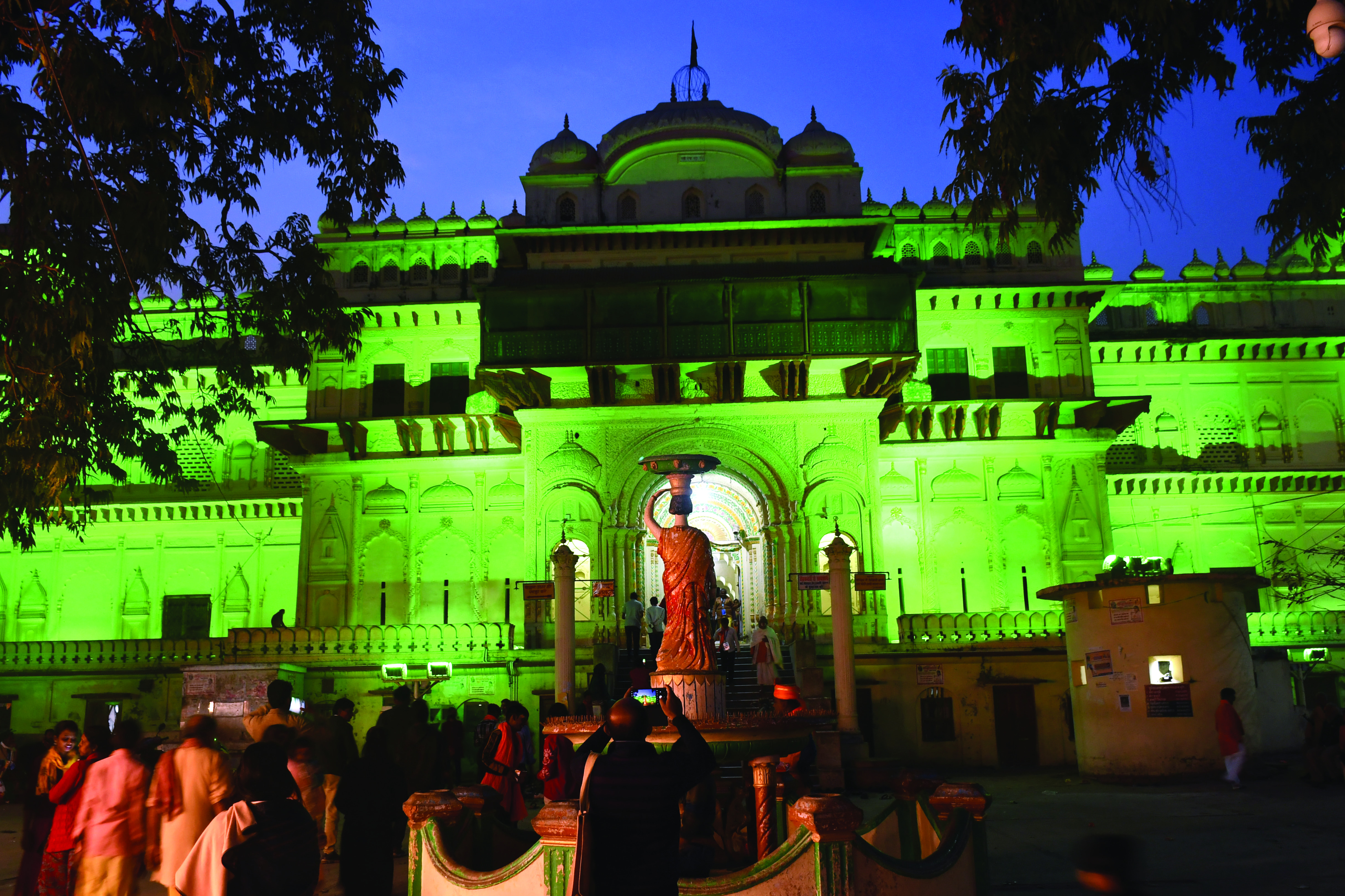 Exploring the sacred city of Ayodhya, where Lord Ram was born, requires a two-night stay for a truly enriching experience. According to ancient tales, Lord Ram who was the seventh incarnation of Lord Vishnu, ascended to the throne as the ruler of Ayodhya. Nestled along the banks of the Sarayu River in Uttar Pradesh, India, Ayodhya witnessed Lord Ram's birth during the Treta Yuga. Born to King Dasharath and Queen Kaushalya, Lord Ram married Sita, the daughter of King Janak of Mithila. The envisioned Ram temple currently expanding in Ayodhya will span three storeys, with the second floor earmarked for the Ram Darbar, featuring statues of Lord Ram, Sita, Lakshman, King Dasharath, Queen Kaushalya, Bharat, and others. The spiritual hall will grace the third floor. Construction efforts are currently underway, with Chief Acharya Dinesh Prasad Gautam affirming, "The entire Ram Temple complex is slated for completion within the next five years.” The chief Acharya, Gautam, is a Nepali citizen. Under his leadership, all religious rituals are performed here. It was under his guidance that Prime Minister Modi conducted the consecration ceremony.
Exploring the sacred city of Ayodhya, where Lord Ram was born, requires a two-night stay for a truly enriching experience. According to ancient tales, Lord Ram who was the seventh incarnation of Lord Vishnu, ascended to the throne as the ruler of Ayodhya. Nestled along the banks of the Sarayu River in Uttar Pradesh, India, Ayodhya witnessed Lord Ram's birth during the Treta Yuga. Born to King Dasharath and Queen Kaushalya, Lord Ram married Sita, the daughter of King Janak of Mithila. The envisioned Ram temple currently expanding in Ayodhya will span three storeys, with the second floor earmarked for the Ram Darbar, featuring statues of Lord Ram, Sita, Lakshman, King Dasharath, Queen Kaushalya, Bharat, and others. The spiritual hall will grace the third floor. Construction efforts are currently underway, with Chief Acharya Dinesh Prasad Gautam affirming, "The entire Ram Temple complex is slated for completion within the next five years.” The chief Acharya, Gautam, is a Nepali citizen. Under his leadership, all religious rituals are performed here. It was under his guidance that Prime Minister Modi conducted the consecration ceremony.
Ayodhya's history includes the presence of a previous Ram Temple, believed to have been constructed by Lord Ram's son, Kush. However, in the 15th century, Mughal Emperor Babur razed the temple, erecting the Babri Masjid in its place. This led to communal tensions, culminating in the demolition of the Babri Masjid by Hindus on December 6, 1992. In 2019, the Supreme Court of India ruled in favor of constructing the Ram Temple on the disputed site, forming a trust for this purpose. Subsequently, construction efforts have gained momentum.
The government is steadfast in its commitment to develop Ayodhya as a spiritual hub, with ongoing infrastructure projects including roads, airports, and railways connecting Ayodhya to major Indian cities. Ayodhya's allure extends beyond the Ram Temple, encompassing other sacred sites like Hanuman Fort, Kanak Bhawan, Nageshwar Nath, and Raj Dwar Mandir. Planning two nights in Ayodhya offers pilgrims the opportunity to delve into its religious tapestry. While the temple precincts may witness some hustle and bustle, visitors should note that cameras and bags are prohibited inside the Ram Temple. Various accommodation options, including hotels and guesthouses, cater to the needs of travelers.
Varanasi: Hindu Pilgrimage Site in India
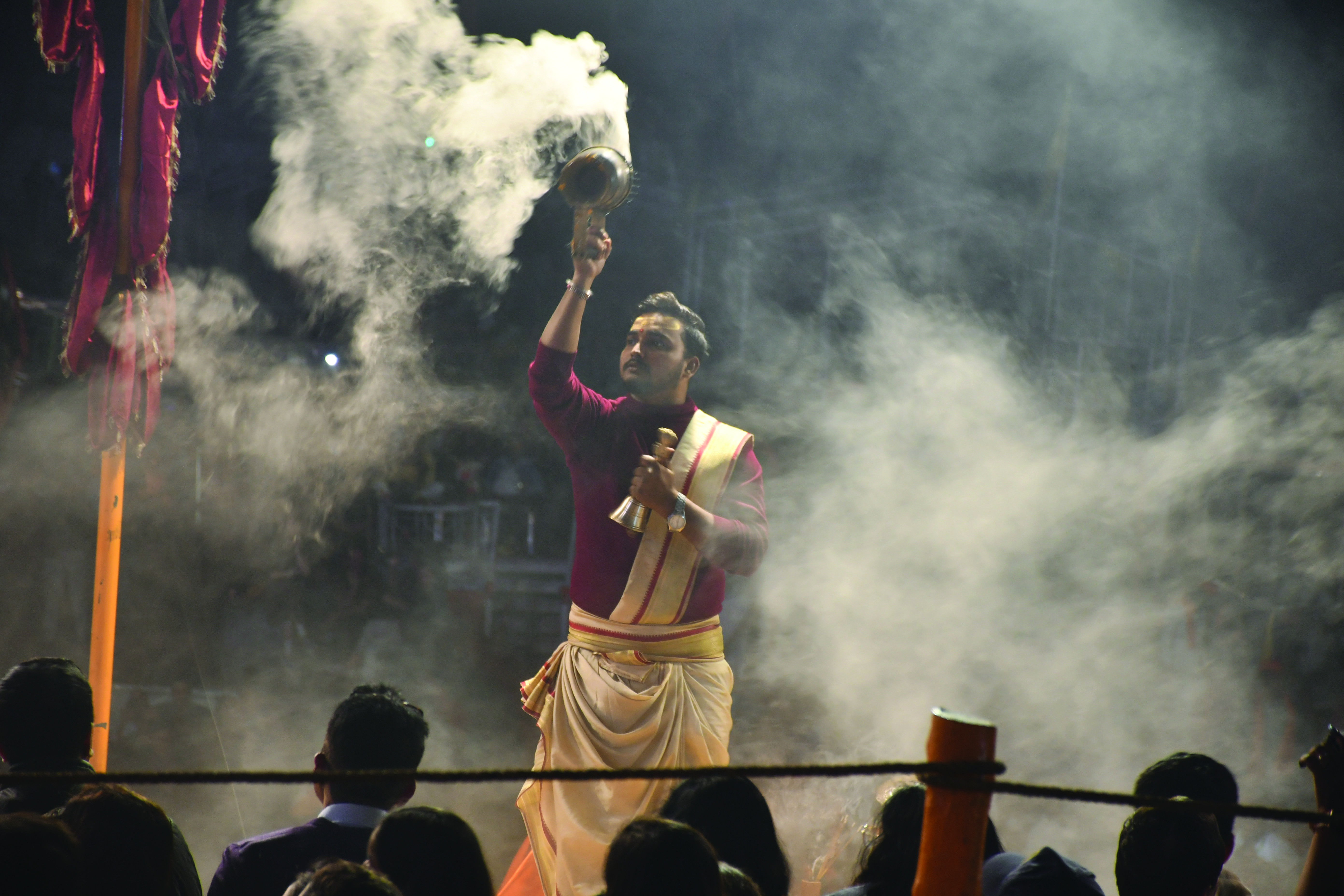 Varanasi, known for its Vishwanath Temple, Sarnath, and the Ganga Aarti, holds a special place in the hearts of many. In Nepali culture, there's a saying: "If you lose your faith, go to Kashi; if you lose your sense of justice, go to Gorkha." Kashi, or Varanasi, is considered a hub of spirituality, religion, and learning. The city boasts several attractions, including the revered Vishwanath Temple, the tranquil Sarnath, the mesmerizing Ganga Aarti, educational institutions, Sadhu gatherings, bustling markets, and unique local delicacies like paan (betel leaf) and sweets.
Varanasi, known for its Vishwanath Temple, Sarnath, and the Ganga Aarti, holds a special place in the hearts of many. In Nepali culture, there's a saying: "If you lose your faith, go to Kashi; if you lose your sense of justice, go to Gorkha." Kashi, or Varanasi, is considered a hub of spirituality, religion, and learning. The city boasts several attractions, including the revered Vishwanath Temple, the tranquil Sarnath, the mesmerizing Ganga Aarti, educational institutions, Sadhu gatherings, bustling markets, and unique local delicacies like paan (betel leaf) and sweets.
Legend has it that Varanasi is safeguarded from destruction due to Lord Shiva's Trident. The Vishwanath Temple, dedicated to Lord Shiva, is heavily guarded.Varanasi's riverside is adorned with numerous ghats, with the Pashupatinath Temple standing tall at Lalita Ghat. This temple and the ghats were constructed under the patronage of Queen Lalita Tripurasundari, wife of Nepal's King Rana Bahadur Shah. It's not uncommon to find elderly people from Nepal spending their twilight years in the serene ashrams of Varanasi. The city is dotted with various temples, such as the Sankat Mochan Hanuman Temple and the historic Ramnagar Fort. Varanasi holds significance for both Hinduism and Buddhism. Sarnath, located just 10 kilometers away, is where Lord Buddha delivered his first sermon after attaining enlightenment in Bodh Gaya. It's home to ancient stupas and monasteries, including the famous Dhamek Stupa and shrines of Lord Buddha.
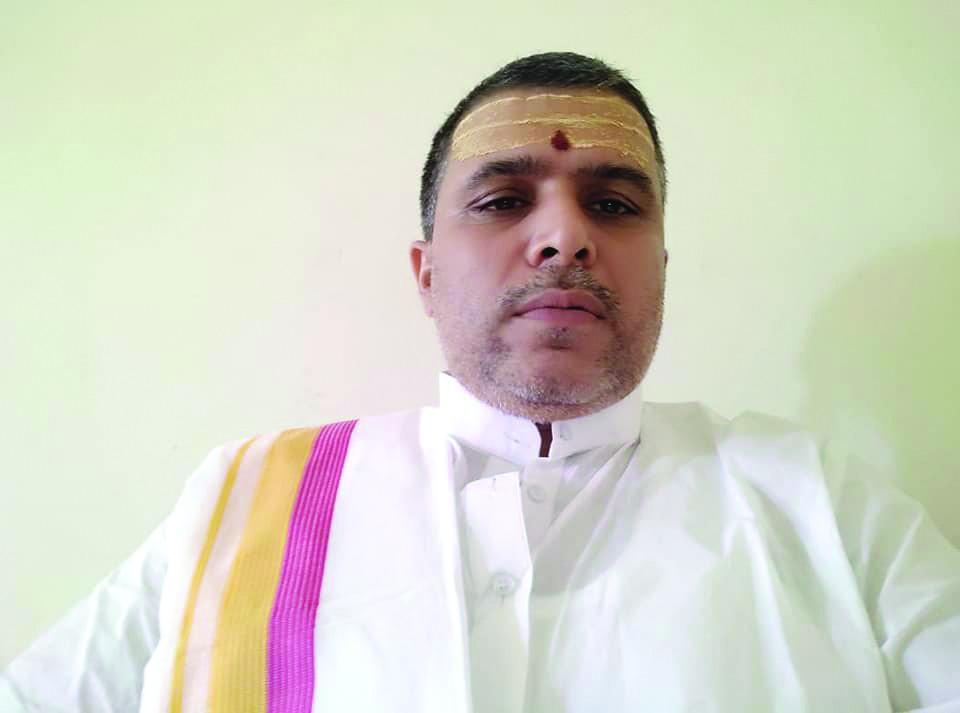 In the Vishwanath Temple of Varanasi, also known as Kashi Vishwanath Temple, there are seven chief priests. Among them, one is Nepali, named Teknarayan Upadhyay. He was appointed as a priest here in the year 2000. In the year 2044 B.S. (approximately 1987 AD), he came to Varanasi from Bhimpokhara, Kathekhola Municipality Ward No. 2, Baglung District, Nepal, to study Sanskrit. Excelling in his studies, he became proficient in Sanskrit and eventually became a priest after winning a competition organized by the Uttar Pradesh government.He is well-known in India and shares a good relationship with Indian Prime Minister Narendra Modi. - Nepali Priest at Kashi
In the Vishwanath Temple of Varanasi, also known as Kashi Vishwanath Temple, there are seven chief priests. Among them, one is Nepali, named Teknarayan Upadhyay. He was appointed as a priest here in the year 2000. In the year 2044 B.S. (approximately 1987 AD), he came to Varanasi from Bhimpokhara, Kathekhola Municipality Ward No. 2, Baglung District, Nepal, to study Sanskrit. Excelling in his studies, he became proficient in Sanskrit and eventually became a priest after winning a competition organized by the Uttar Pradesh government.He is well-known in India and shares a good relationship with Indian Prime Minister Narendra Modi. - Nepali Priest at Kashi
Varanasi is a spiritual destination, attracting pilgrims and seekers alike. A prominent temple dedicated to yoga and meditation, the Sarva Ved Mahamandir, lies about 20 kilometers from the city center, providing a serene retreat for around 20 thousand visitors at a time. Accommodation options in Varanasi cater to the diverse needs of tourists, ranging from hotels and lodges to homestays and guesthouses. Additionally, the city is renowned for its traditional attire, including sarees and kurta pajamas.
Prayagraj
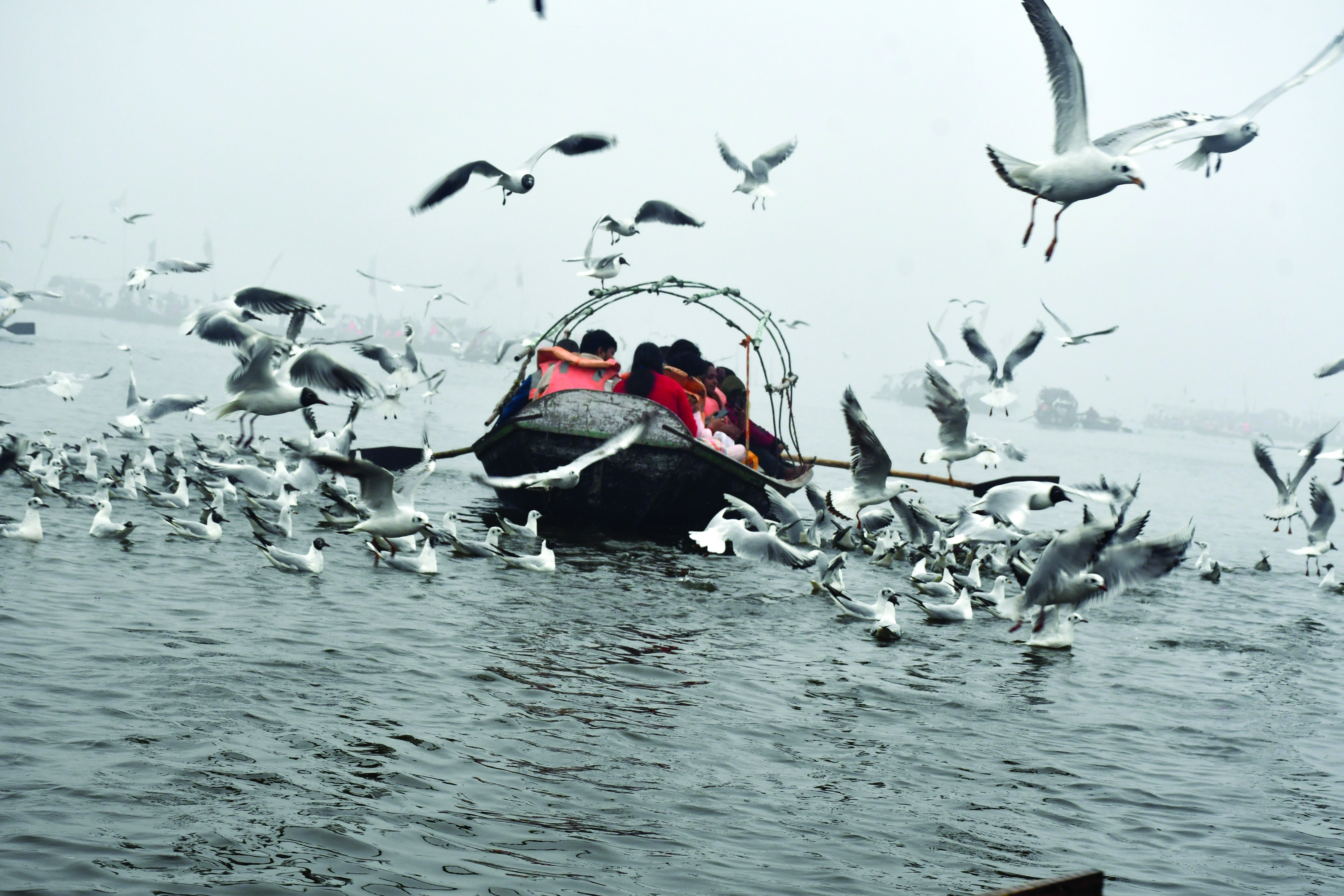
According to the Ramayana, Lord Ram, accompanied by Sita and Lakshman, spent 11 of 14 years of their exile in the forests of Chitrakoot. This region boasts revered sites such as Ramghat, Janaki Kund, Sphatik Shila, Anusuiya Ashram, Hanuman Dhara, Gupt Godavari, and Bharat Cave. Exploring these sites is a day's endeavor, offering pilgrims a glimpse into ancient tales. Prayagraj offers a range of dining and accommodation options, including hotels and restaurants, ensuring a comfortable stay for travelers.
Bodhgaya
The Crown Prince Siddhartha Gautam of Nepal found enlightenment in Bodhgaya, India. 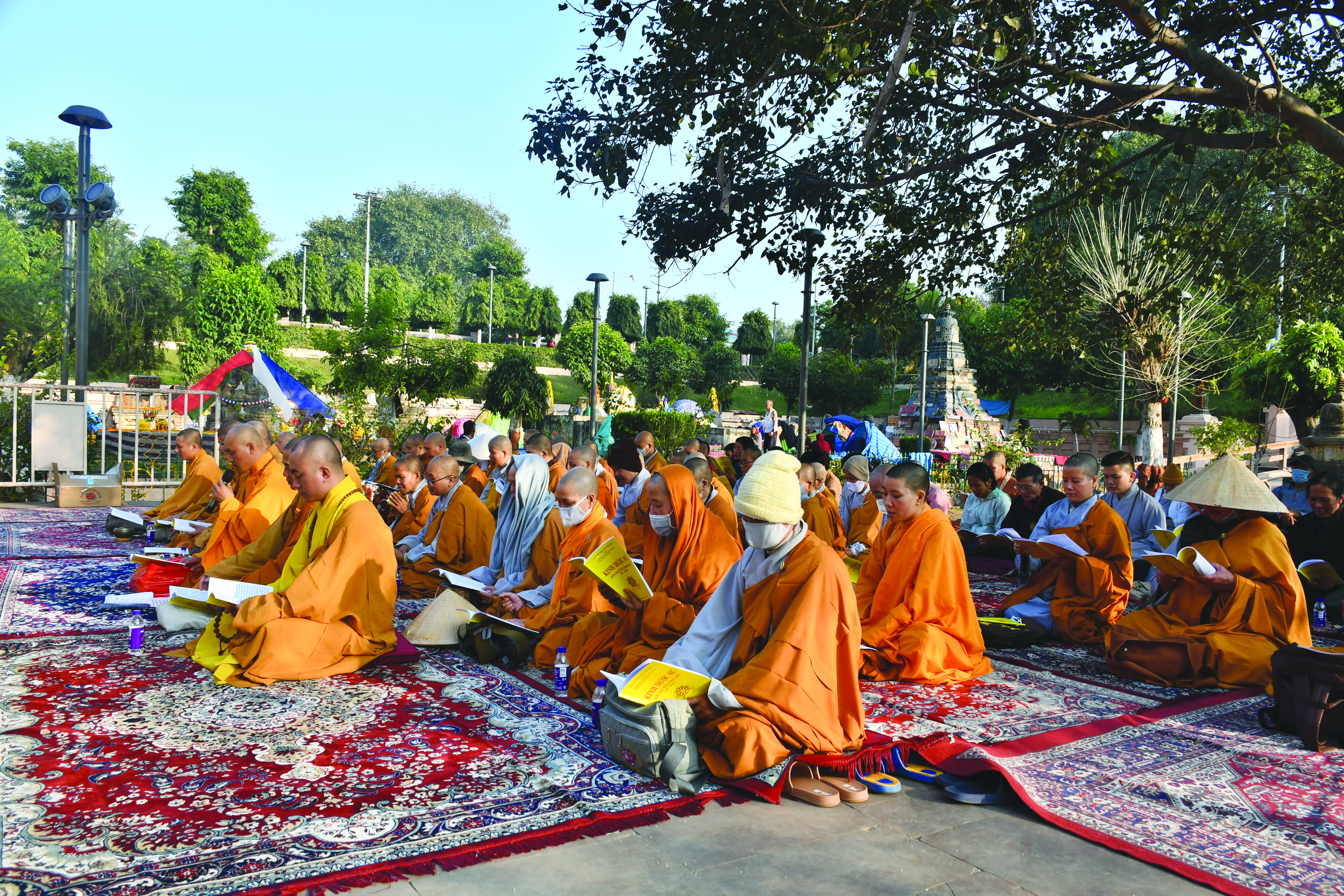 Siddhartha Gautam, the Crown Prince of Kapilvastu, achieved enlightenment by meditating under the Bodhi tree in Bodhgaya. After attaining enlightenment, he became known as the Buddha. The Mahabodhi Temple, situated beside the Bodhi tree, is surrounded by various structures such as stupas, monasteries, and the Muchalinda Lake. Bodhgaya holds significant spiritual importance and has been recognized as a UNESCO World Heritage Site since 2002.
Siddhartha Gautam, the Crown Prince of Kapilvastu, achieved enlightenment by meditating under the Bodhi tree in Bodhgaya. After attaining enlightenment, he became known as the Buddha. The Mahabodhi Temple, situated beside the Bodhi tree, is surrounded by various structures such as stupas, monasteries, and the Muchalinda Lake. Bodhgaya holds significant spiritual importance and has been recognized as a UNESCO World Heritage Site since 2002.
Many countries have constructed monasteries and stupas here, including an impressive 80-foot-tall Buddha statue. The air is filled with the sound of Buddhist mantras and the sight of prayer flags fluttering in the breeze. Bodhgaya is located around 260 kilometers away from Varanasi. Within a radius of 12 kilometers from Bodhgaya lies Gaya, a sacred place for Hindus. Gaya features an ancient Vishnu temple where rituals and offerings are performed for ancestors, believed to ensure their spiritual well-being. These rituals take place on the banks of the Falgu River, which flows underground.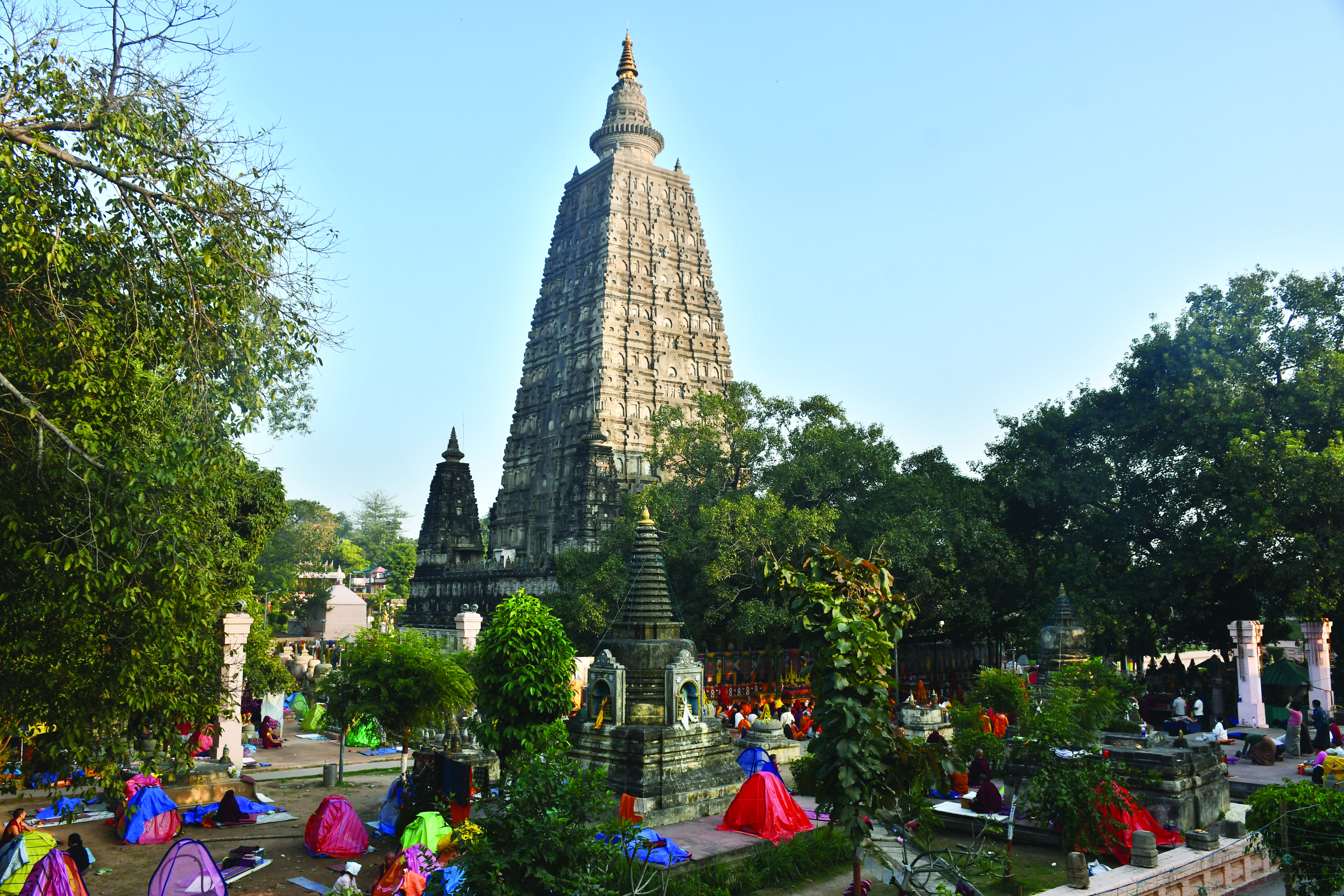
It's worth noting that Bihar, the state where Bodhgaya is situated, has implemented a ban on alcohol consumption, hence ensuring a ban on not just consumption but also in carrying it along and around.
Buddha Holidays Package
Buddha Air, a prominent private airline in Nepal, operates 2-way flights twice a week on Mondays and Fridays between Kathmandu and Varanasi. The flight duration is approximately 50 minutes one way. Buddha Air's affiliated company, Buddha Holidays, offers travel packages of 3 nights and 4 days or 7 nights and 8 days. These packages include visits to Varanasi, Ayodhya, Prayag, and Bodhgaya.
For more information: holiday@buddhaair.com
